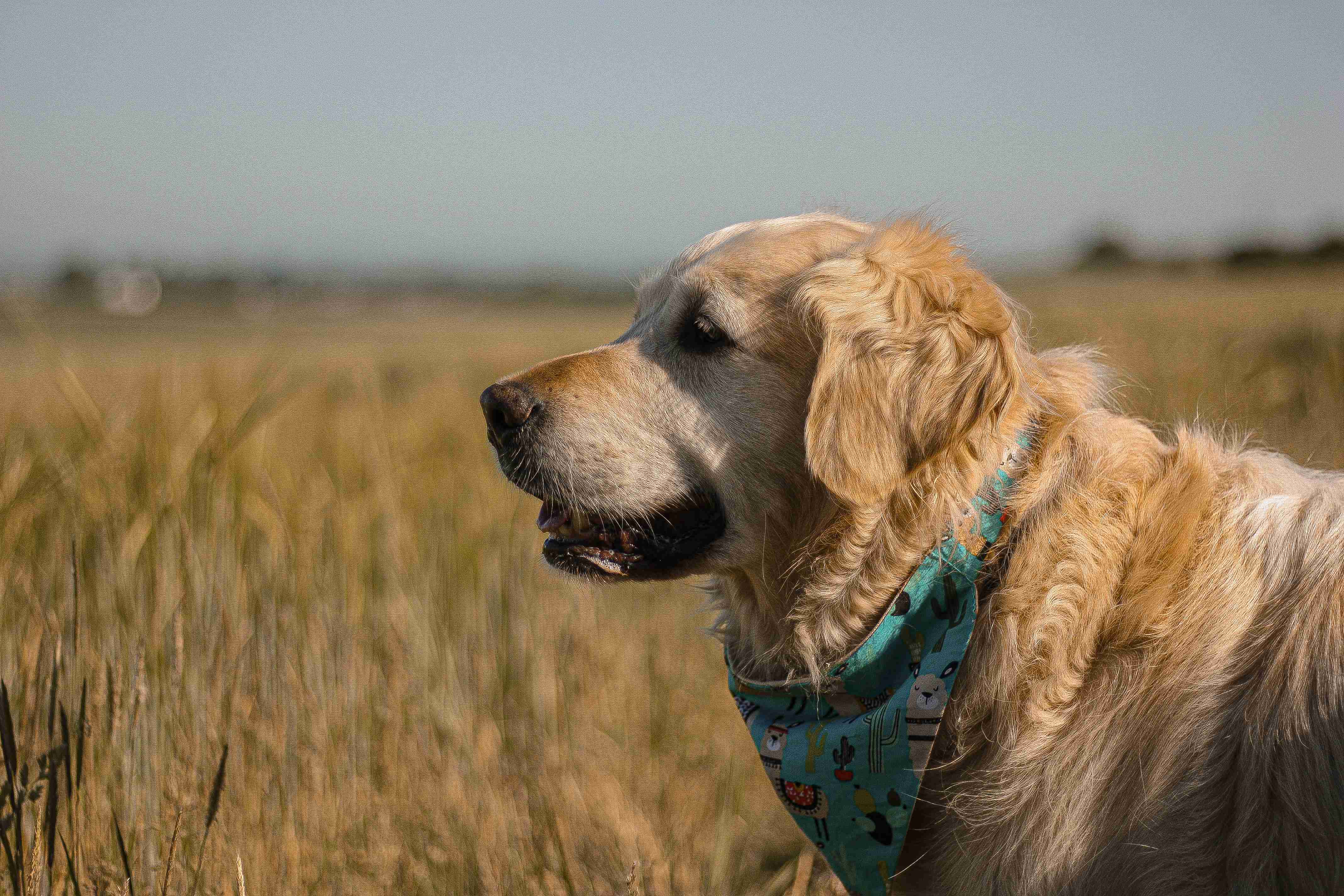Border Collies are one of the most popular dog breeds in the world, known for their intelligence, agility, and loyalty. These highly active and trainable dogs make for excellent pets and working animals. If you’re considering breeding Border Collies, it’s essential to understand their reproductive characteristics, including their average litter size. In this blog post, we’ll explore everything you need to know about Border Collie breeding and their average litter size. So, whether you’re a seasoned breeder or a first-time owner, keep reading to learn more about these amazing dogs and their breeding habits.
Border collies are one of the most popular dog breeds in the world, thanks to their intelligence, loyalty, and energy. They are often used for herding and have become a favorite among farmers and ranchers worldwide. If you’re planning on breeding a border collie, it’s important to understand the average litter size to plan for the arrival of the new puppies. In this blog post, we will discuss everything you need to know about border collie breeding and the average litter size.
What is the Average Litter Size for Border Collies?
The average litter size for border collies is between six and eight puppies. However, some border collies can have litters of up to 12 puppies, while others may only have one or two. The size of the litter can vary depending on several factors, including the age of the mother, the health of the mother, and the size of the litter in previous pregnancies.
Factors Affecting Litter Size
Age of the Mother
The age of the mother can play a significant role in the size of the litter. Younger dogs tend to have smaller litters, while older dogs may have larger litters. This is because older dogs have a higher chance of producing more eggs per cycle, which can result in larger litters.
Health of the Mother
The health of the mother is also a crucial factor in litter size. If the mother is unhealthy or has underlying health conditions, it can affect her ability to carry a larger litter to term. This can result in smaller litters or even stillbirths.
Size of the Previous Litter
.jpg)
The size of the previous litter can also affect the size of the current litter. If the mother had a large litter in the previous pregnancy, she may have a smaller litter in the current pregnancy. This is because her body may need more time to recover and produce more eggs.
Breeding Border Collies
Breeding border collies is a complicated process that requires careful planning and consideration. Before breeding a border collie, it’s important to ensure that both the male and female dogs are healthy and free of any genetic diseases or disorders. You should also consider the temperament and personality traits of both dogs to ensure that the puppies will have a good temperament.
Once you’ve selected the male and female dogs, it’s essential to ensure that they are in optimal health and have no underlying health conditions that may affect the pregnancy. You should also consult with a veterinarian to determine the optimal time for breeding.
Pregnancy and Whelping
Once the female border collie becomes pregnant, it’s important to monitor her closely throughout the pregnancy. You should ensure that she is getting adequate nutrition and exercise to ensure that the puppies are healthy. You should also take her to the veterinarian for regular checkups to monitor the pregnancy’s progress.
When it’s time for the puppies to be born, you should ensure that the mother has a quiet and comfortable place to whelp. You should also be prepared for any complications that may arise during the whelping process, such as breech births or stillborn puppies.
Conclusion
Breeding border collies can be a rewarding experience, but it’s important to understand the average litter size and the factors that can affect it. By carefully selecting healthy and genetically sound dogs and monitoring the pregnancy closely, you can ensure that the puppies are healthy and have a good temperament. Remember to consult with a veterinarian throughout the process to ensure that everything goes smoothly.
In conclusion, understanding the average litter size of a Border Collie is an important aspect of responsible breeding. While the breed is known for being intelligent and hardworking, it’s important to remember that they are living beings that require proper care and attention. As a breeder or a potential owner, it’s important to do your research and understand the best practices for breeding and raising healthy puppies. By doing so, we can ensure that the Border Collie continues to be a beloved and thriving breed for generations to come.


.jpg)
%20-%20Copy.jpg)
%20-%20Copy.jpg)
.jpg)

%20-%20Copy%20-%20Copy.png)
%20-%20Copy.jpg)